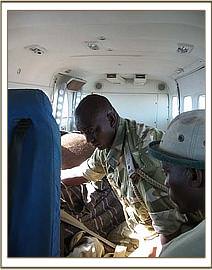She was a baby elephant born in the Laikipia region of Northern Kenya and, apparently, had been an orphan since September 2005
She was a baby elephant born in the Laikipia region of Northern Kenya and, apparently, had been an orphan since September 2005. When spotted on Mpala Ranch, she was just over 2 years old, with tiny tusks, eating green vegetation, occasionally mingling with the wild herds, but dropping behind to lead a solitary life. It was hoped that she would be able to survive without her mother, but, in fact, no orphaned elephant can survive without milk, despite an intake of greens, under about two and a half or three years of age and those that survive under the age of even five are very few - now a known statistic from 35 years of observational research of the Amboseli population of elephants, and also from our own hands-on experience of rescuing orphans of this age, of which there have been many.

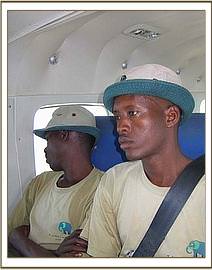

Towards the end of June 2006, when this calf was quite obviously beginning to loose condition, and in a desperate quest for nourishment had resorted to eating the fruit of the wild Sodom Apple, which is poisonous, Ken Wreford Smith of Mpala Ranch contacted the Trust, and a rescue was initiated. Meanwhile a herdsman from the Ranch had been monitoring little Mosso, so at the request of the Ranch, she carried his name. Indeed, she had become accustomed to his presence nearby, and in her loneliness drew some comfort from him being close, yet not too close, for no Laikipia elephant trusts a human.
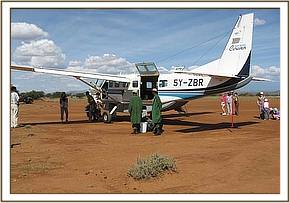

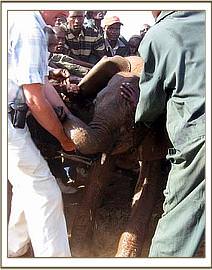
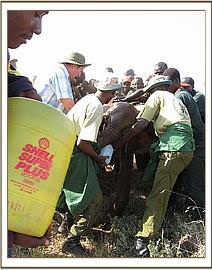

Because of her size, both the vet and the Pilot of the Rescue Plane understandably insisted that she be put under for the flight, a procedure undertaken by the Kenya Wildlife Service Vet. Once revived in the Nairobi Nursery, immediately it was seen that her stomach was alarmingly blown besides which she was far too calm for comfort and obvious in severe pain, rolling around on the ground and passing a lot of gas. A Buscopan injection and anti-bloat drops were immediately administered, but it was all too late. Little Mosso died just two hours later, to become just one more statistic of those that never made it. Had had she not been so heavily sedated, perhaps there might have been hope, but it was not to be.
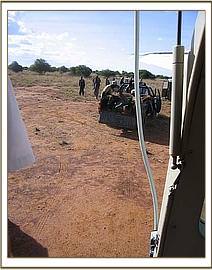
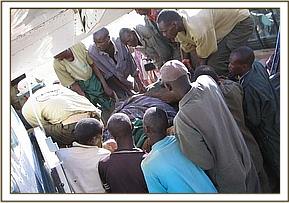
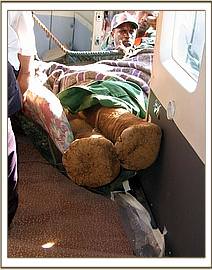

Hers was a tragic life, having lost her elephant mother at a critical age in life – a life of sorrow and loneliness for no baby of two enjoys being denied the comfort, love and protection of adults and family. The fate of her elephant mother and family is not known, but with Kenya’s burgeoning human population, the Laikipia elephants are constantly in trouble as they try to follow ancient migration routes which are now heavily settled and cultivated by humans. They are also more vulnerable to poaching by armed Somali tribesmen who use Ivory and Rhino horn as a currency to barter in exchange for guns, and with a growing Chinese presence in the heart of Africa, the threat to all elephants is certainly not diminishing, but escalating.
